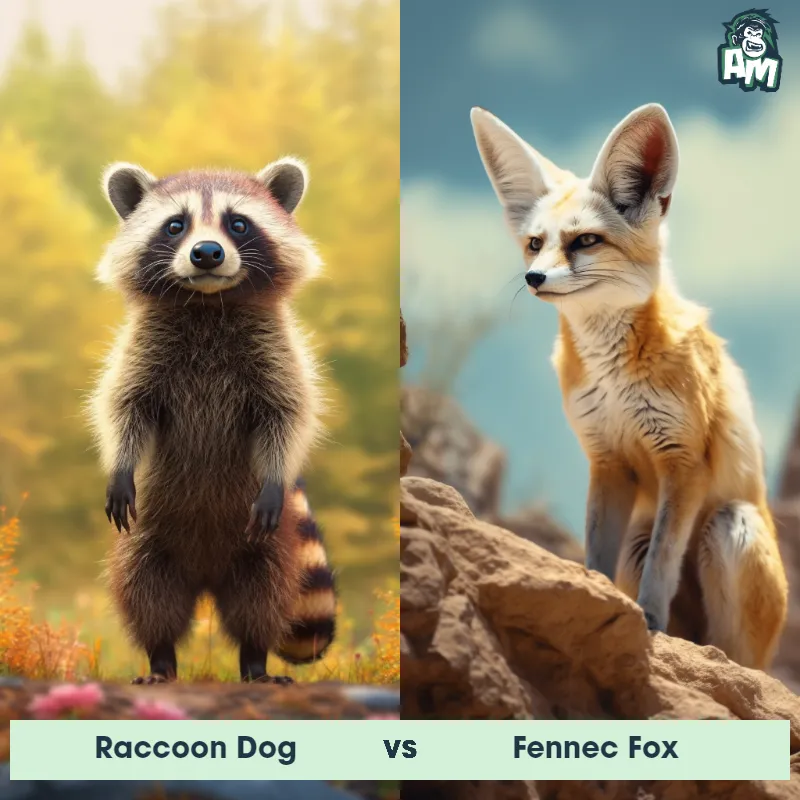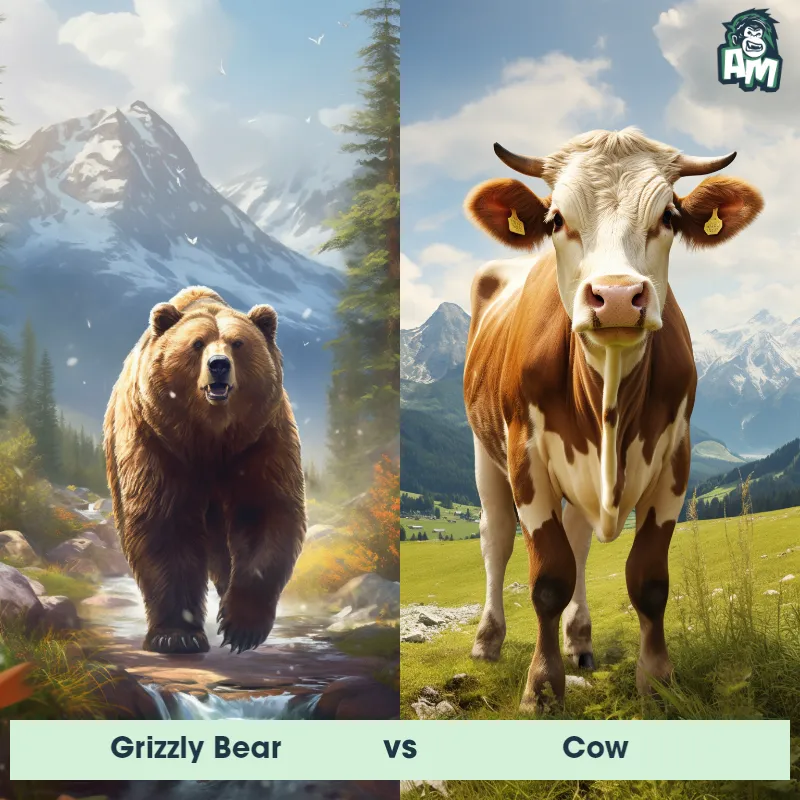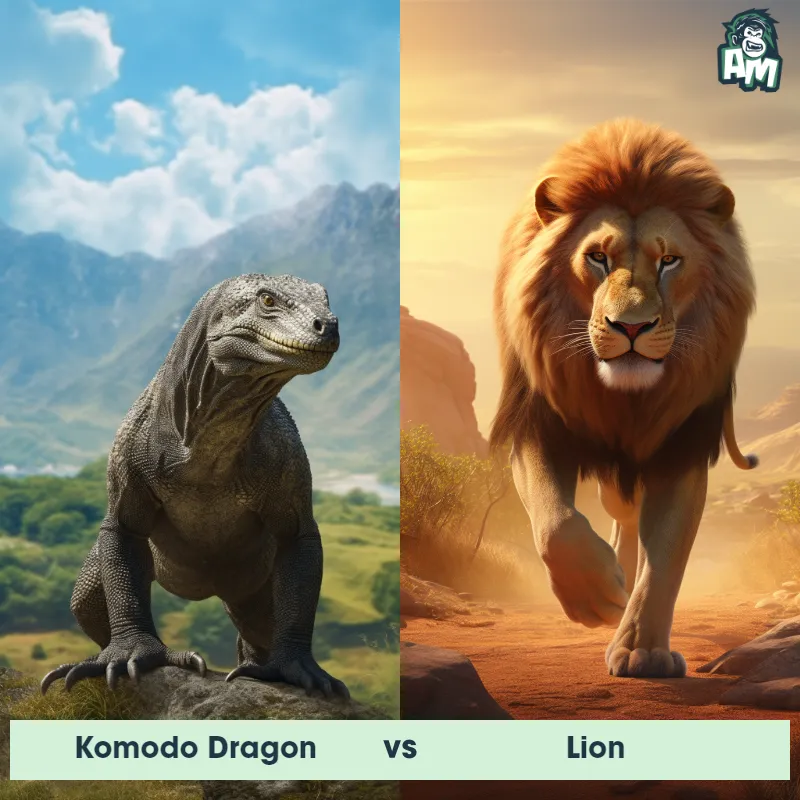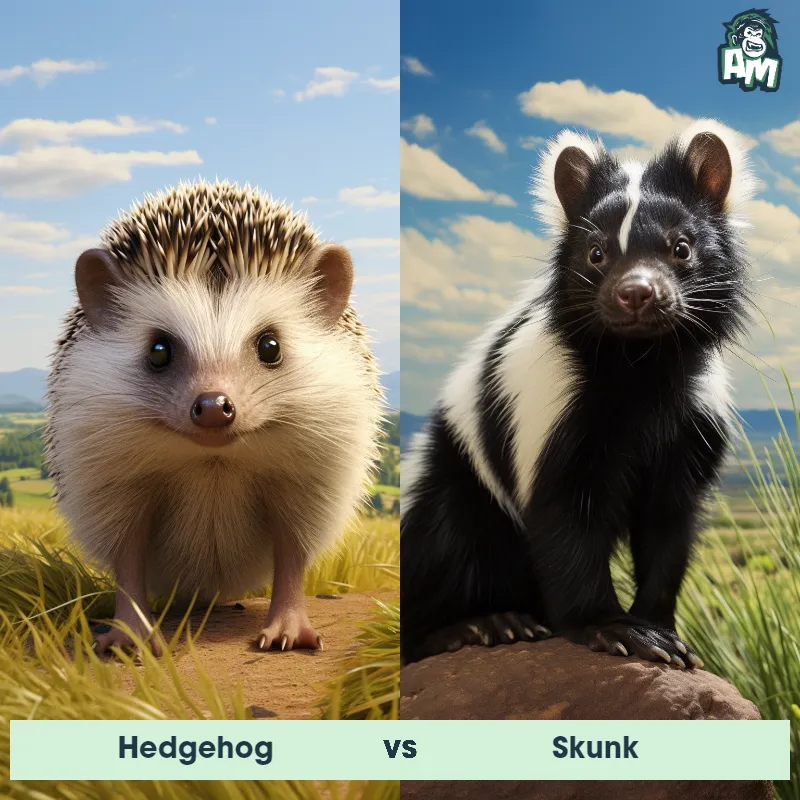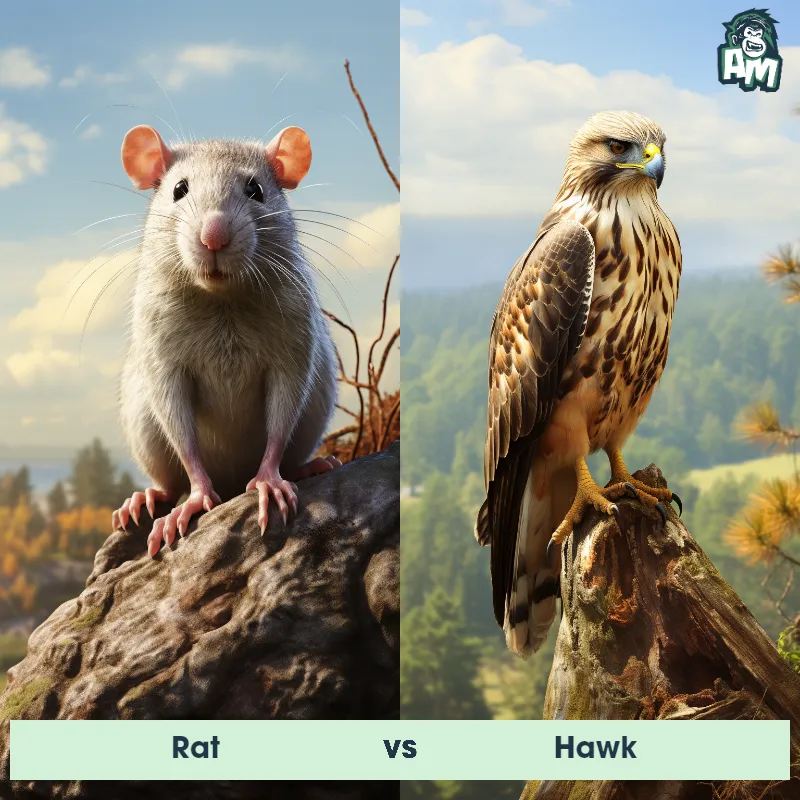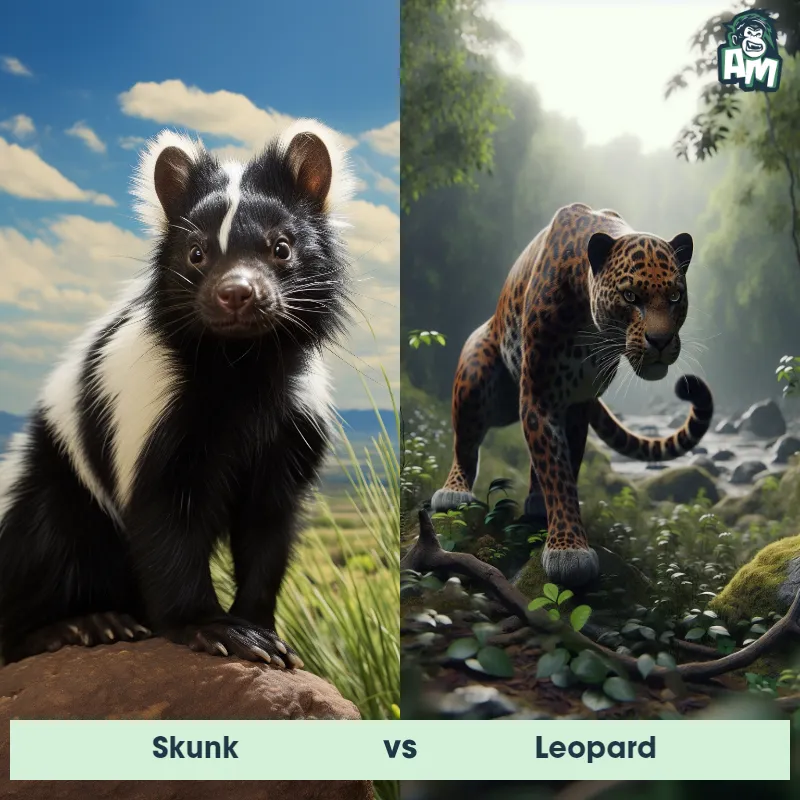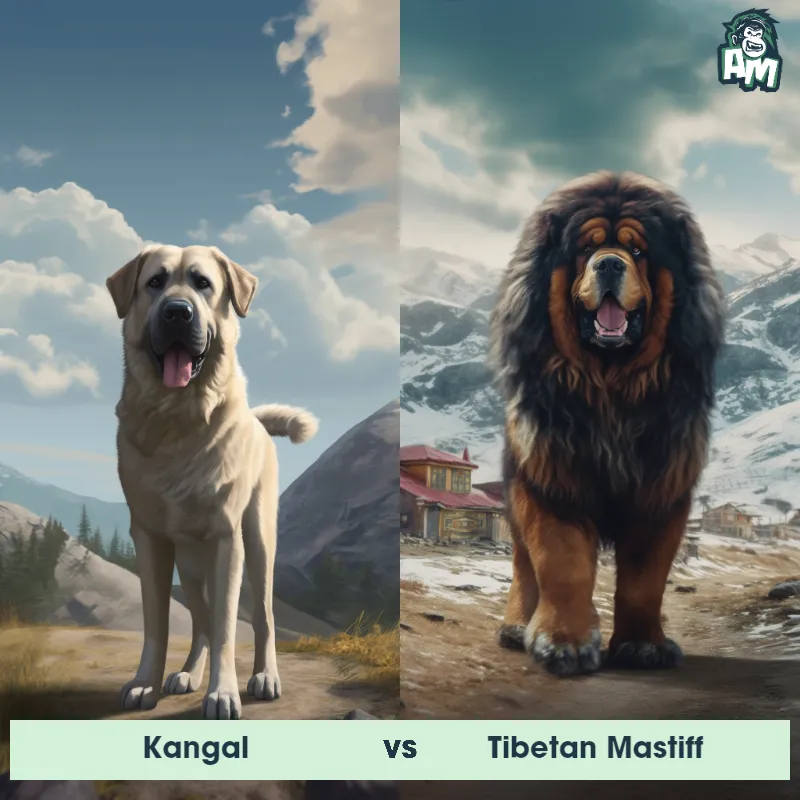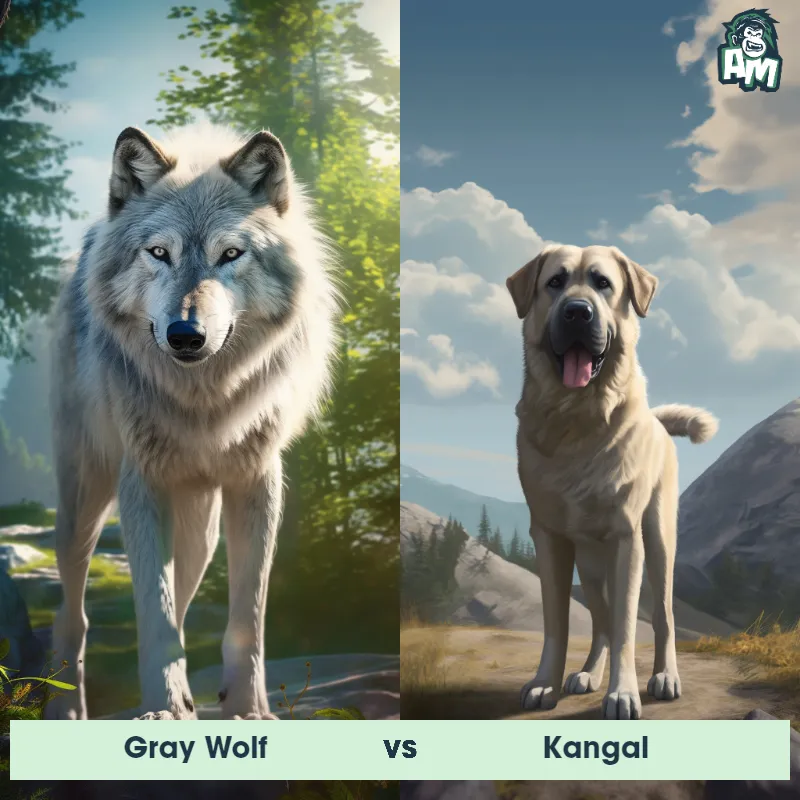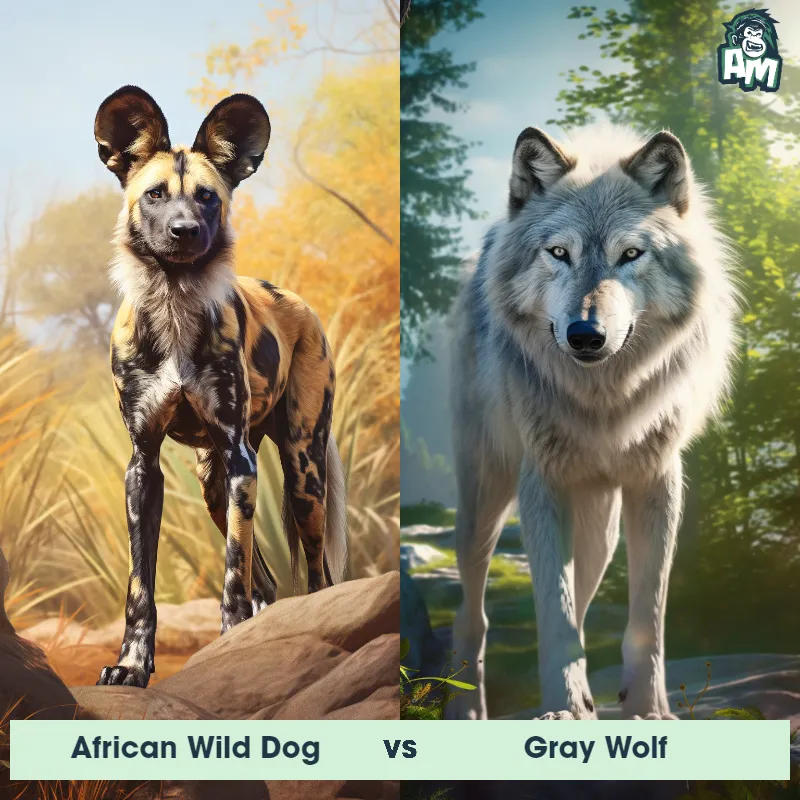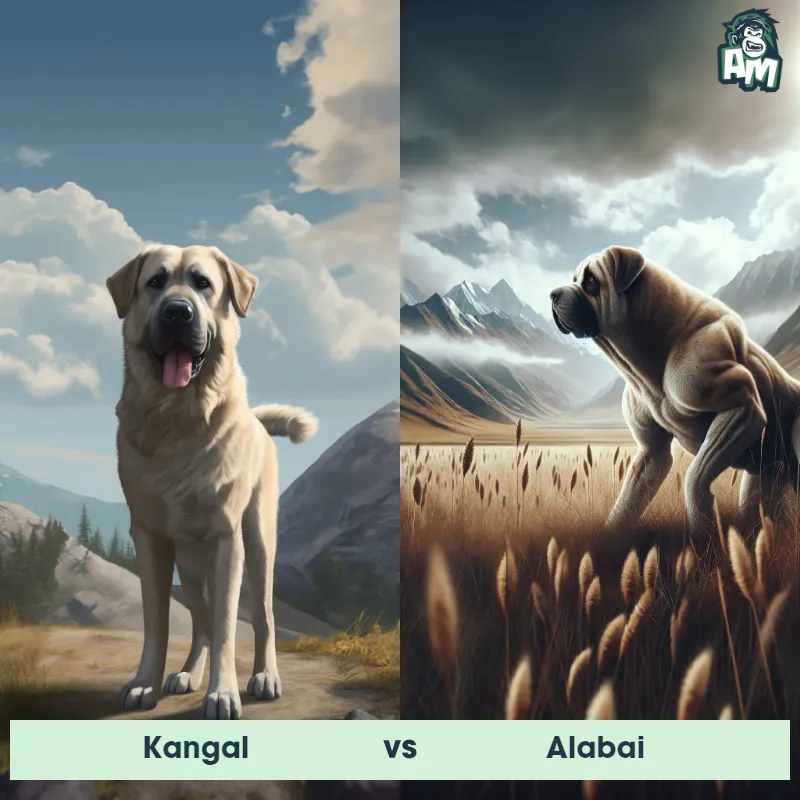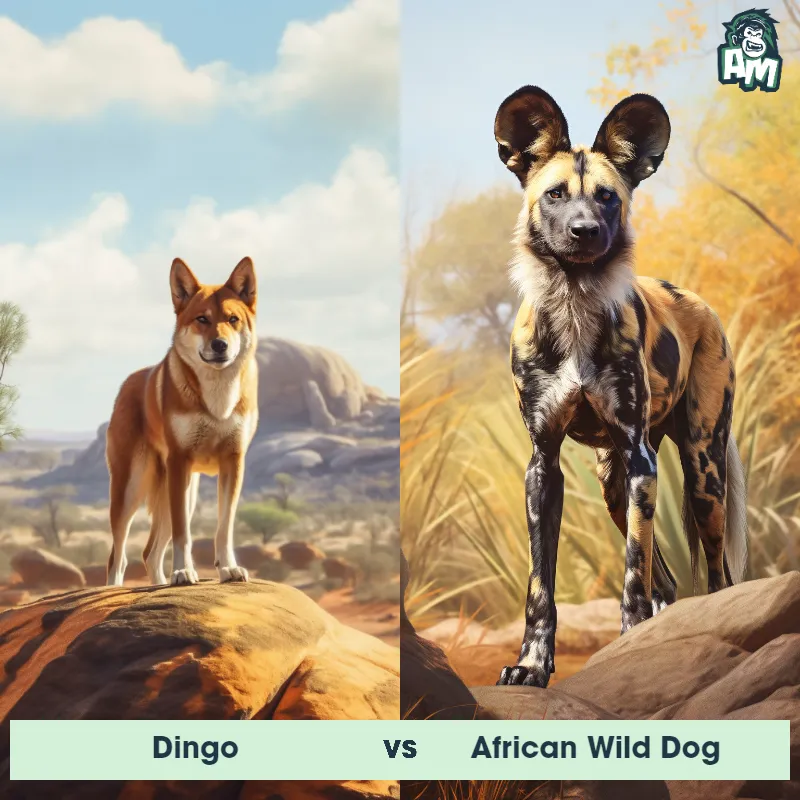Gray Wolf vs LeopardSee Who Wins

Ladies and gentlemen, welcome to tonight's thrilling matchup between the Gray Wolf and the Leopard! These two fierce predators are ready to battle it out here in the arena, showcasing their incredible strength and agility. It's bound to be a wild showdown, so hold onto your seats!
Contender 1: Gray Wolf
The Gray Wolf, also known as the timber wolf, is a large canine species found in North America, Eurasia, and parts of Africa. They have a thick, grayish-brown fur coat, a bushy tail, and a strong, muscular build. Gray wolves are highly social animals that live in packs, with a dominant alpha male and female leading the group. They are skilled hunters and can take down prey much larger than themselves, such as elk and bison.
Fun Fact: Gray wolves have a complex communication system that includes howling, growling, and body language, allowing them to communicate with each other over long distances.
Contender 2: Leopard
The Leopard is a large and powerful carnivorous mammal that is known for its distinctive coat pattern consisting of rosette-like spots. It has a slender body, muscular limbs, and a long tail, enabling it to be agile and swift. Leopards are primarily nocturnal creatures, preferring to hunt during the cover of darkness. They are highly adaptable and can thrive in a variety of habitats, ranging from dense forests to open grasslands. With exceptional climbing skills, they are capable of dragging their prey up trees to keep it safe from other predators.
Fun Fact: Leopards are incredibly strong and possess immense agility, as they are capable of leaping horizontally up to 6 meters and vertically up to 3 meters, allowing them to ambush their prey from above with precision.
Matchup Stats
| Gray Wolf | Leopard | |
|---|---|---|
| Size | 2-3 feet (0.6-0.9 meters) at the shoulder | 24-28 inches (60-71 cm) at the shoulder; 5-6 feet (1.5-1.8 meters) in length |
| Weight | 70-110 pounds (32-50 kilograms) | 80-160 pounds (36-73 kilograms) |
| Speed | Speed: 40 mph (64.37 km/hr) | 36-37mph (58-60km/h) |
| Key Strength | Powerful jaws and sharp teeth | Powerful jaw and sharp claws |
| Biggest Weakness | Vulnerable to attacks on the neck and throat | Less endurance compared to some other big cats |
Current Votes
Gray Wolf vs Leopard
See Who Wins
View More Matches
Looking For More?
Similar Matches
Scientific Stats
| Gray Wolf | Leopard | |
|---|---|---|
| Scientific Name | Canis lupus | Panthera pardus |
| Family | Canidae | Felidae |
| Habitat | Forests, grasslands, tundra, and deserts | Variety of habitats including forests, grasslands, and mountains |
| Geography | North America, Eurasia, and parts of Africa | Africa, parts of Asia |
| Diet | Carnivorous, primarily feeding on large ungulates such as elk and bison | Carnivorous, preys on various animals including ungulates, small mammals, birds, and reptiles |
| Lifespan | 6 years - 13 years | 12 years - 17 years |
Key Differences between Gray Wolf and Leopard
- Color and pattern: Gray Wolves have a variety of coat colors including gray, black, white, and brown, while Leopards have a distinctive rosette pattern that consists of dark spots on a golden or yellow background.
- Body structure: Gray Wolves have a more robust and muscular build, with a broad head, strong jaws, and thick fur, while Leopards have a lithe and agile physique, with a long body, slender neck, and a short, sleek coat.
- Size: The Gray Wolf is typically larger, with males weighing 80-130 pounds and measuring 5-6.5 feet long, while Leopards are smaller, with males weighing 80-150 pounds and measuring 3-6.5 feet long.
- Tail shape: Gray Wolves have a bushy and straight tail, often carried low, while Leopards possess a long and slender tail that aids in balance and helps them climb trees.
- Habitat adaptation: Gray Wolves are adapted to live in a wide range of habitats including forests, tundra, and grasslands, while Leopards are highly adaptable and can inhabit various ecosystems such as forests, savannas, and mountains.
- Geographic distribution: Gray Wolves have a vast distribution throughout North America, Eurasia, and parts of Africa, while Leopards are found across Africa and Asia but are absent in the Americas.





